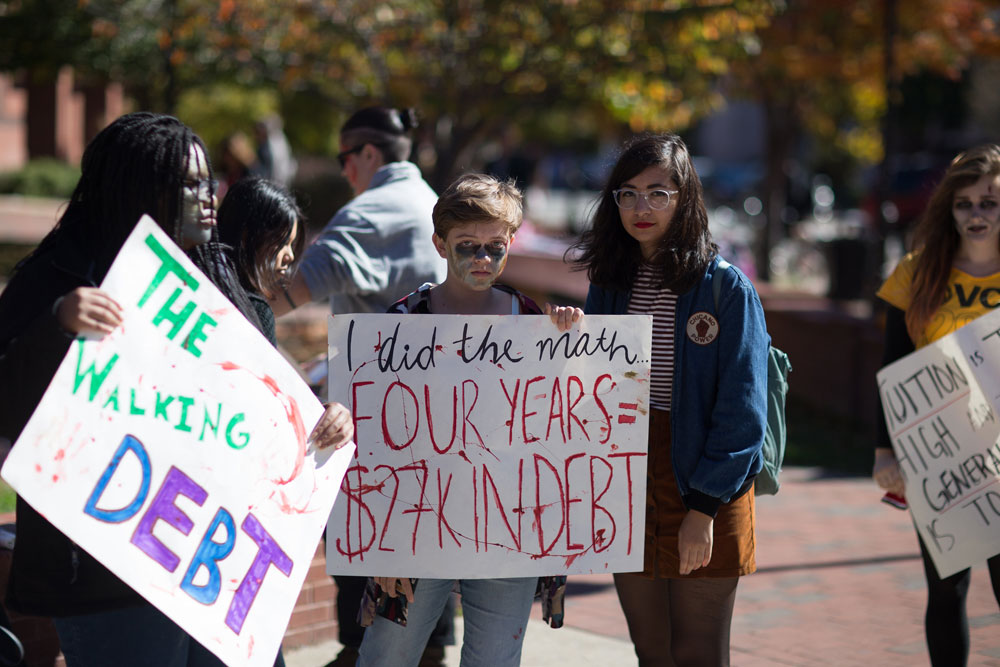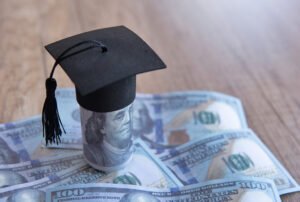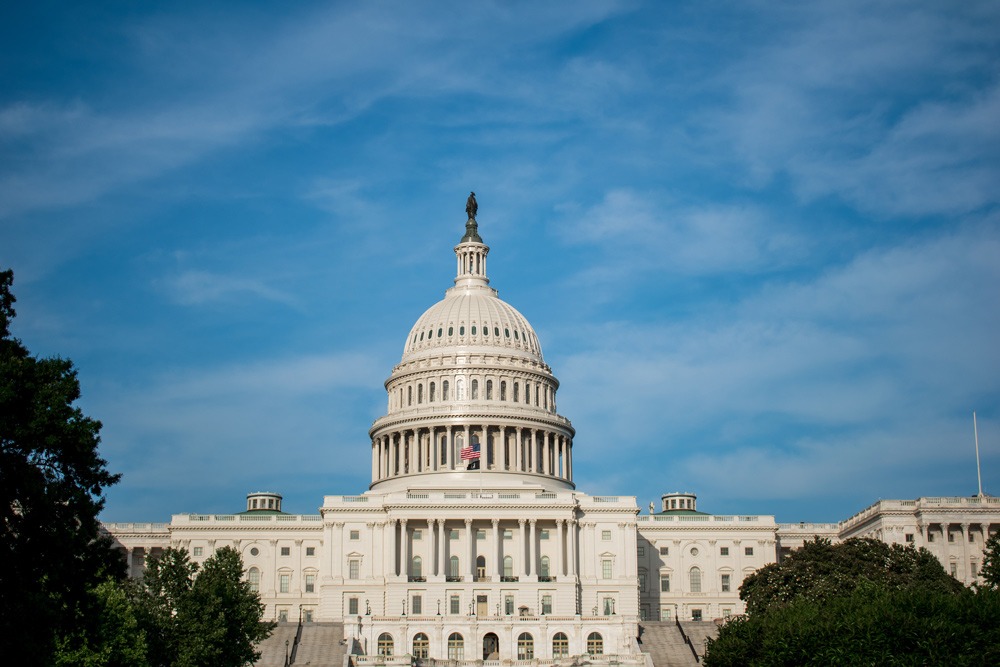
June 7, 2019; Wall Street Journal
A recent Wall Street Journal article begins, “The US student loan system is broken,” a blatant statement of the obvious. Mounting student debt is hard to ignore, after all. As one student put it, “My generation is facing an unsustainable system of semi-forced indebtedness that has real consequences on our ability to make significant life purchases.” As another NPQ article noted, “Students with double the debt of their peers can be expected to have a homeownership rate that is a full 15 percentage points less.”
Still, Josh Mitchell, writing in the Journal, documents the damage while helping explain the drivers of the current crisis. Here are some of the numbers:
- Borrowers owe more than $1.5 trillion in student loans, an average of $34,000 per person.
- Over two million have defaulted on their loans in the past six years.
- Former students now default at the rate of 1,400 a day.
- The federal government expects to lose $31.5 billion over the next decade, and that number is going up.
- Four in 10 recent college graduates end up in jobs that don’t require a degree.
- At more than a third of US colleges, less than half of the students graduate within eight years.
Meanwhile, university leaders are well compensated. Mitchell notes that 70 college presidents earned over $1 million in 2016–17, including a dozen at public universities.
How did we get here? At its root, the problem centers on an all-too-common American desire to hide costs and shift spending to private parties.
The story starts with President Lyndon Johnson, and a young economist, Alice Rivlin—yep, the same Alice Rivlin who passed away last month, after a career that included, as Mitchell recounts, being “the first head of the Congressional Budget Office, President Bill Clinton’s top budget official and [a] vice chair of the Federal Reserve.” In the late 1960s, the Johnson administration wanted to increase access to higher education. One option would have been to pay for it—say, by giving cash grants to schools to finance more scholarships. The other option—the one selected—was to shift the costs onto student borrowers.
Rivlin, in an interview she gave to Mitchell shortly before she died, explained the logic. Rivlin told Mitchell that, “It evolved into an almost fixation—among economists anyway—with the idea that higher education added to your future income and therefore loan finance was a sensible thing. You could pay it back out of your future income. Companies can borrow to buy equipment. People ought to be able to borrow to invest in themselves.”
Sign up for our free newsletters
Subscribe to NPQ's newsletters to have our top stories delivered directly to your inbox.
By signing up, you agree to our privacy policy and terms of use, and to receive messages from NPQ and our partners.
And, so, as Mitchell details, the “Rivlin report came out in January 1969, weeks before the new Nixon administration took over. The Nixon administration and Congress largely followed Rivlin’s blueprint in the Higher Education Act of 1972. That act made permanent the government’s role in guaranteeing student loans made by private banks. It also created Sallie Mae, a quasi-public entity designed to jump-start the student loan market.”
What could go wrong? Well, just about everything. As Mitchell points out:
Schools of all types, banks, nonprofit guarantee agencies, and Wall Street investors competed for federal student-loan dollars. In particular, the system gave colleges an incentive to maximize the tuition they extracted from students and the federal taxpayer by boosting fees and enrollment, which meant relaxing admissions standards.
It’s a simple lesson—if you subsidize demand but don’t have sufficient supply, the price goes up. How much? According to Mitchell, up 1,375 percent since 1978, more than four times the rate of inflation. US higher education spending now is highest in the world (except Luxembourg)—about $30,000 a student.
Of course, enrollment did go up. Mitchell writes that, “The number of full-time workers with bachelor’s degrees has risen from 7.6 million in 1980 to 19.5 million today. The share of Americans age 25 and older with a bachelor’s degree reached 34.2 percent in 2017, double what it was in 1980.”
The bill for taxpayers was relatively low, since, other than the cost of limited federal grants and the loan guarantees, most costs were borne by private borrowers. But the social cost has been enormous. It’s a vicious cycle. Because of severe racial wealth disparities, students of color borrow more than white students. Then, because students of color graduate with more debt, they are less able to buy homes or other assets that might build wealth. It is not hard to understand how this system reinforces the nation’s racial wealth gap, with median household wealth for Black families currently on a path heading toward zero by mid-century.
Last February, Mitchell asked Rivlin to tell him what she thought of the system that she helped devise 50 years ago. Her reply: “We unleashed a monster.”—Steve Dubb











